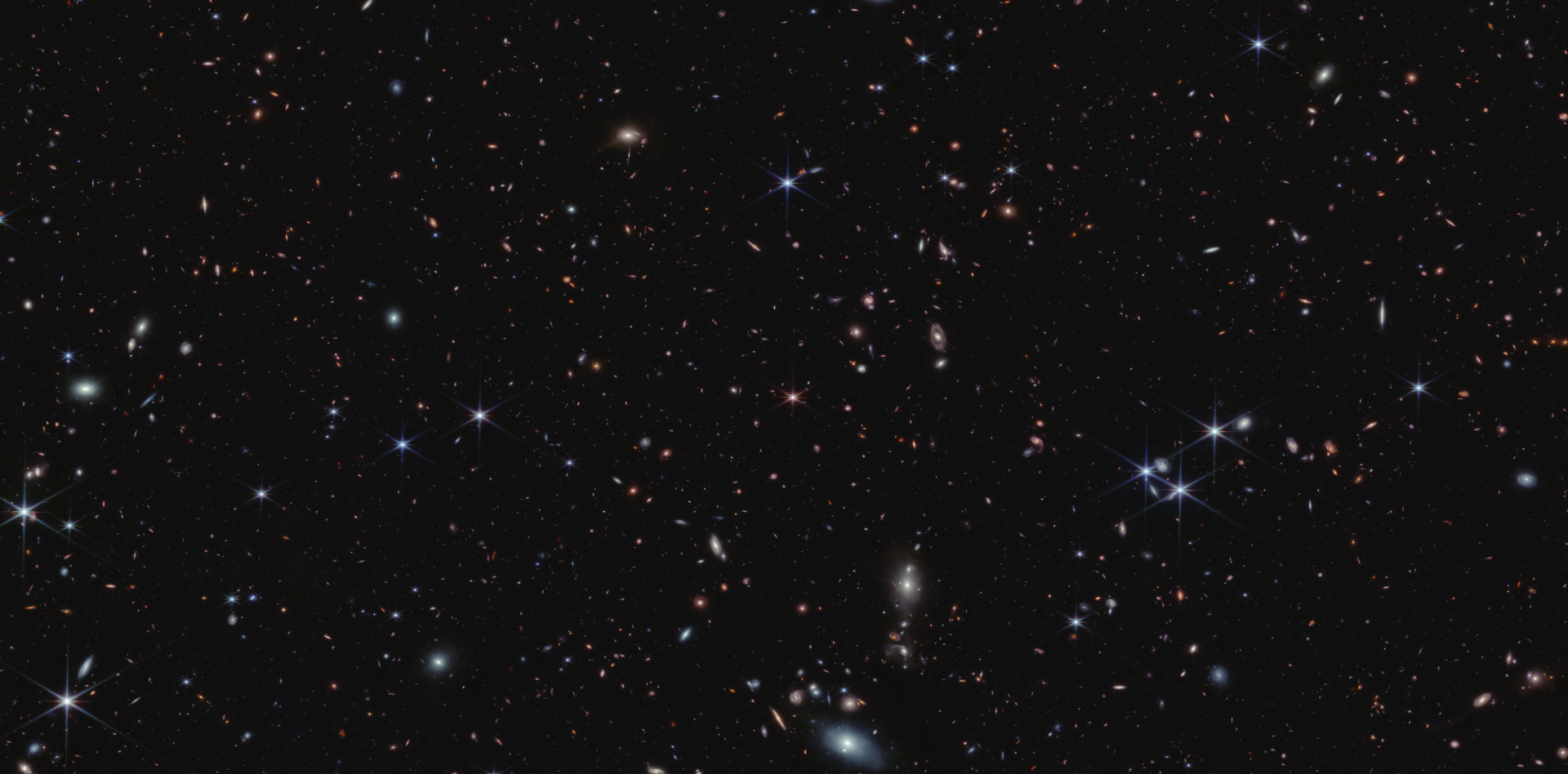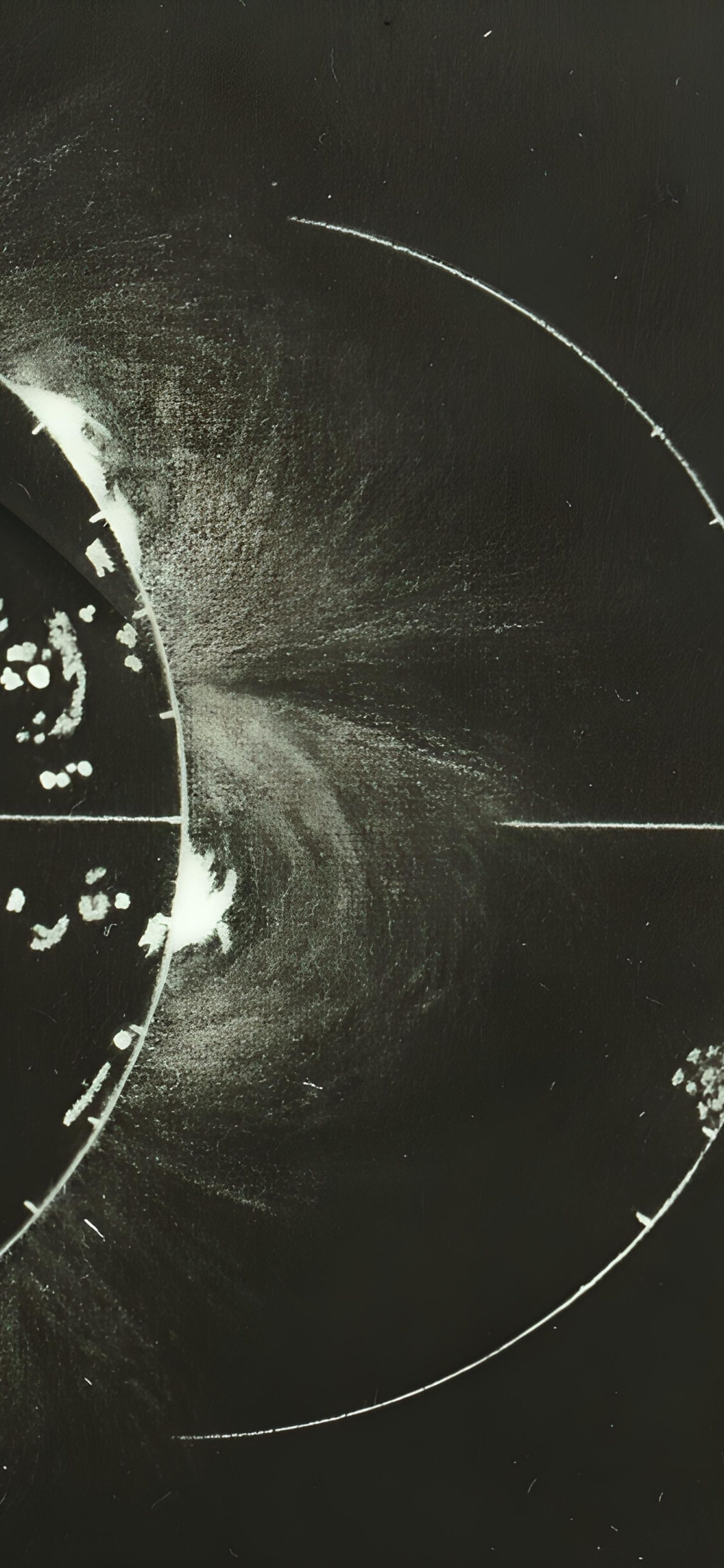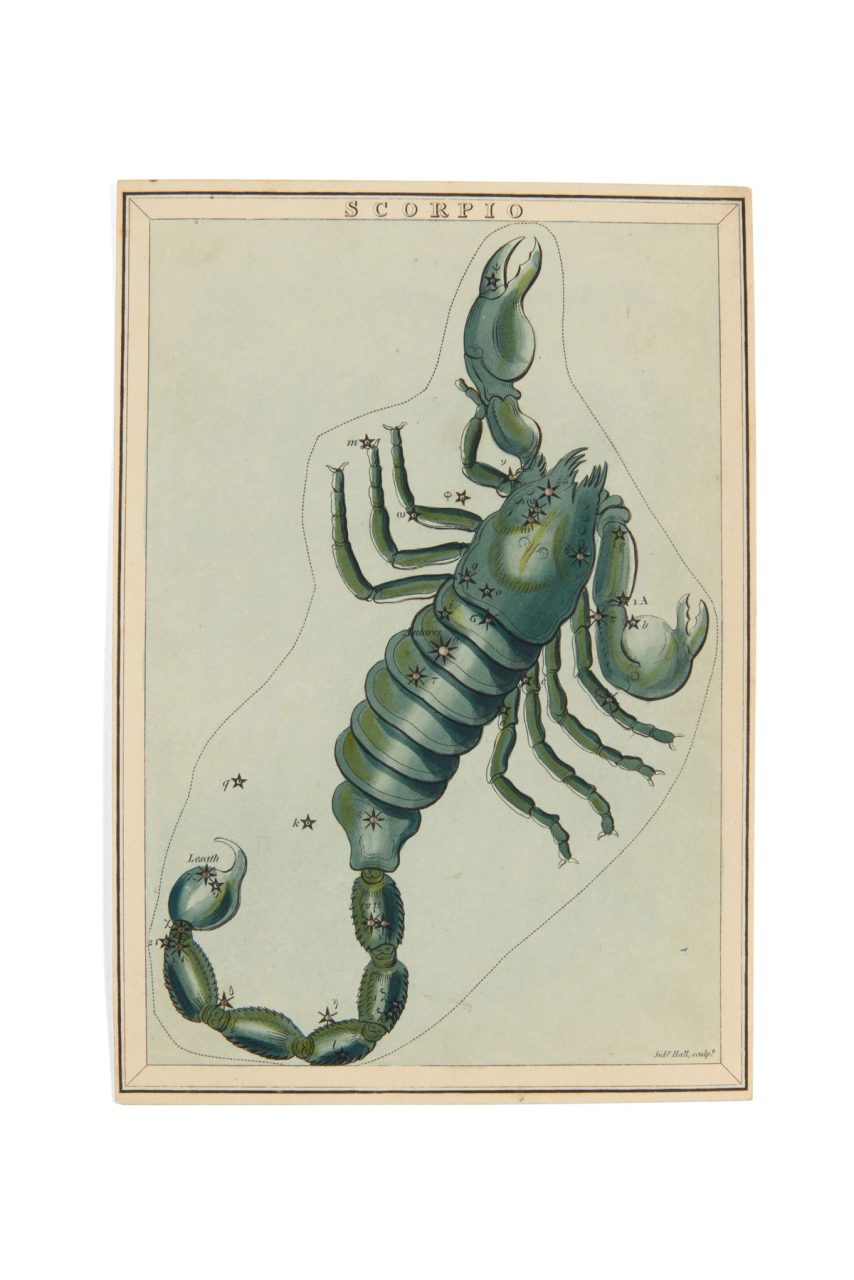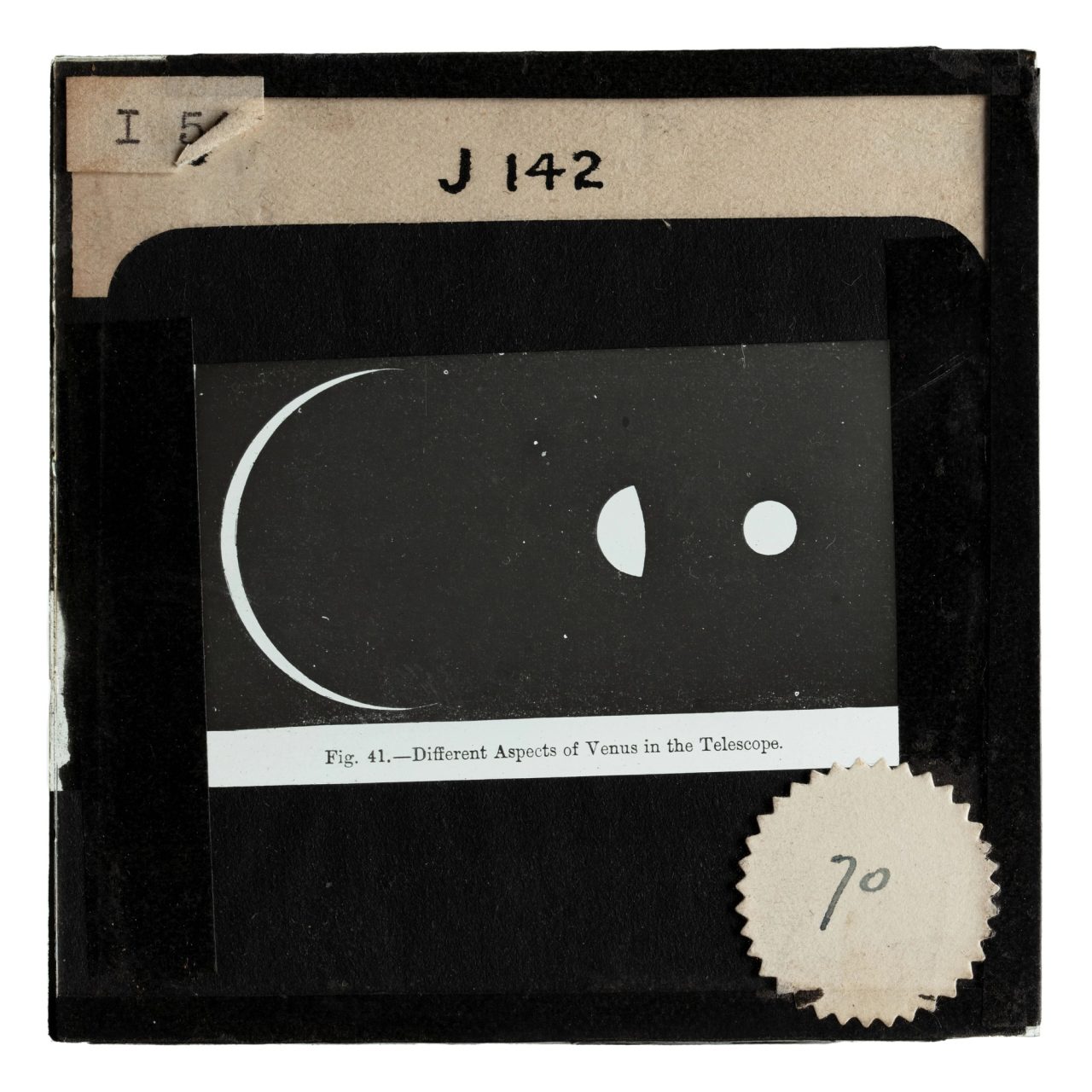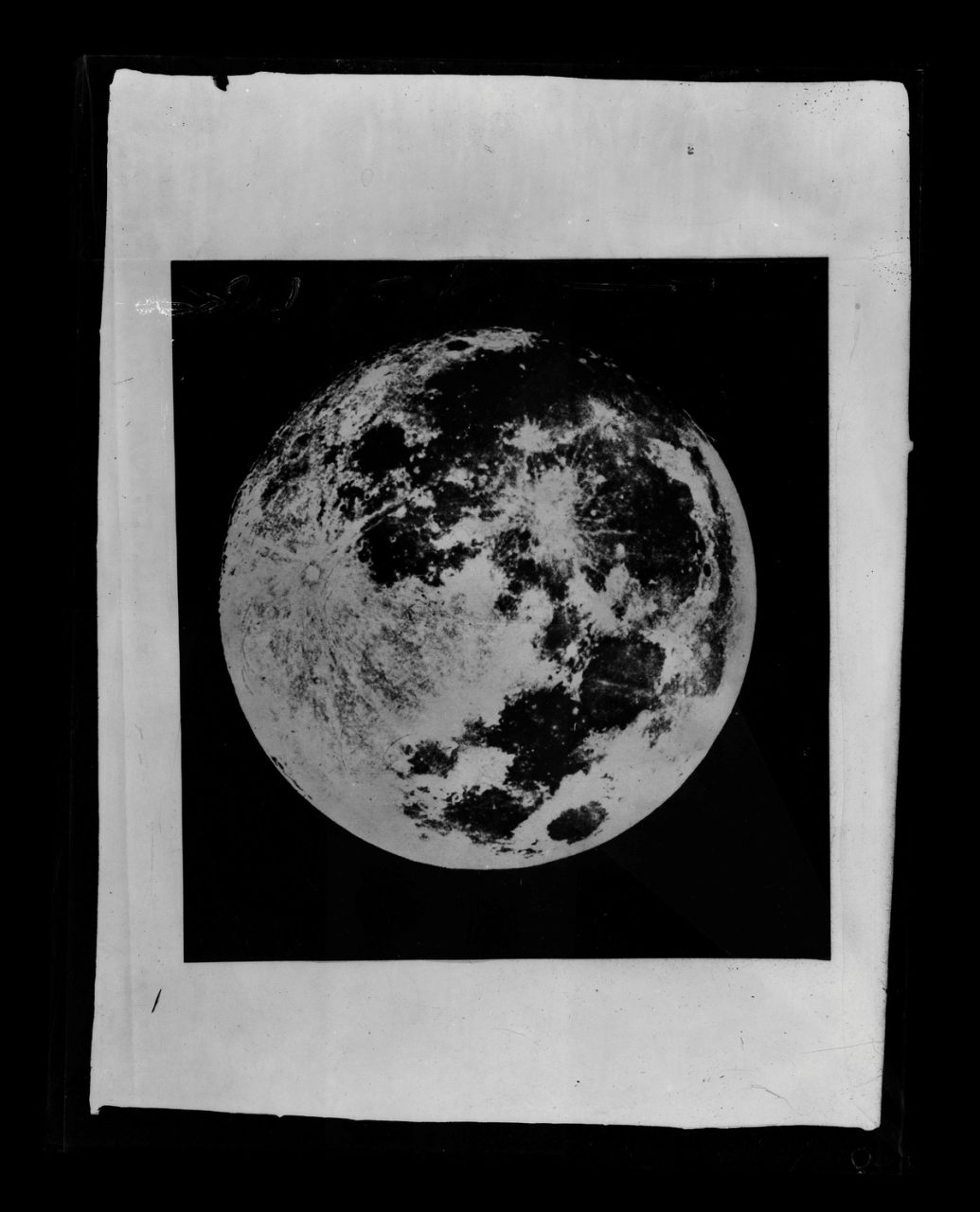Sky Guide July 2023

‘Mercury, Venus, Mars, the Moon and the star Regulus perform quite a dance during the second half of July 2023. Watch them climb and descend and swap partners low in the western sky after sunset until the end of the month.’
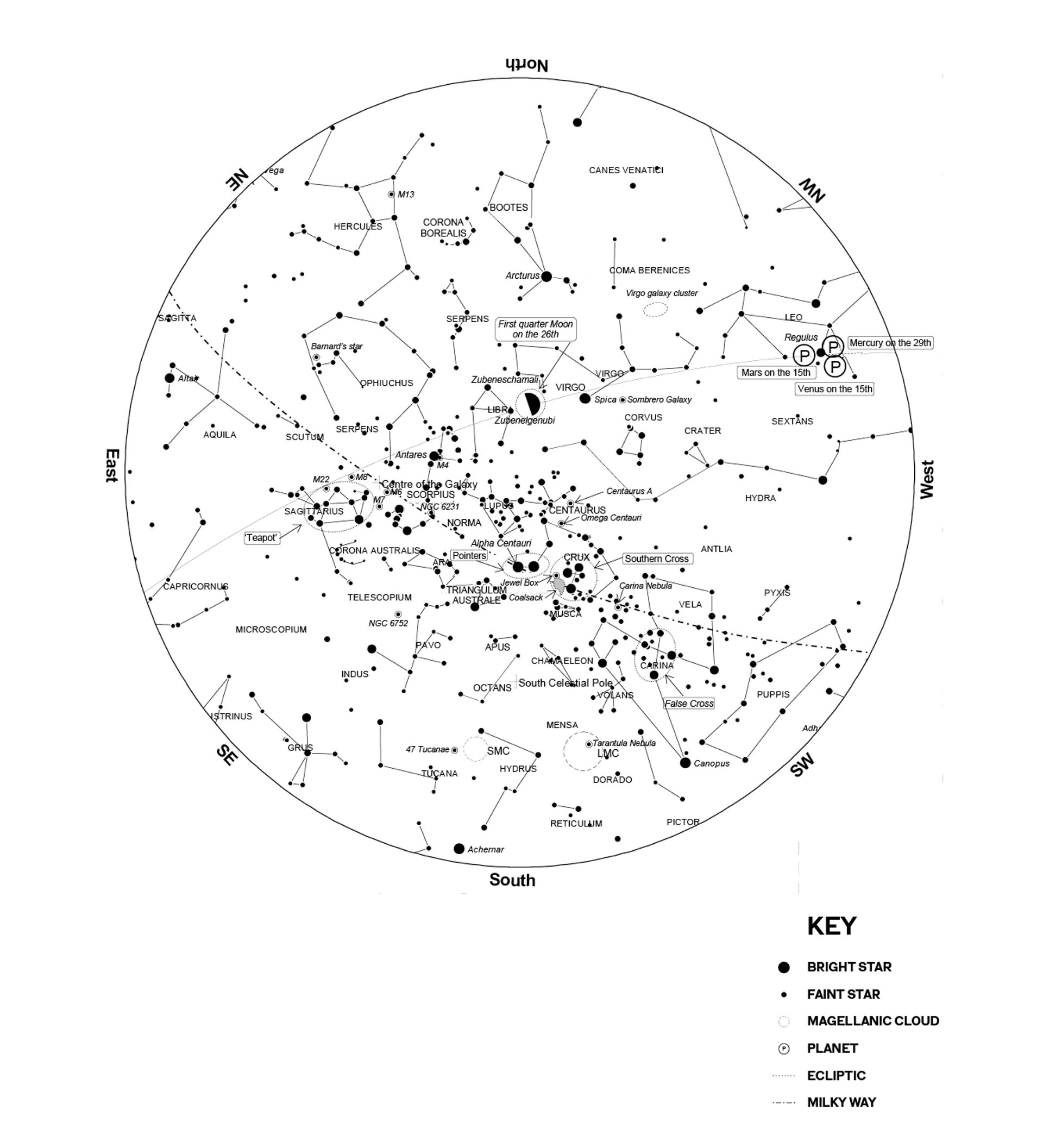
Constellations
Constellations are groups of stars that represent mythological figures, fanciful beasts or old scientific instruments. Some have been used for millennia as a tool to share significant cultural stories and to track the passage of the weeks and months. Today, they also help astronomers delineate portions of the sky and locate astronomical objects. In July, in the early evening, the following constellations dominate the sky.
Scorpius Appearing high in the eastern sky Scorpius, the Scorpion, is one of the brightest and most easily identifiable constellations. Recognisable by its hooked tail and the red supergiant star Antares at its heart, Scorpius really looks like its namesake unlike most constellations. In Greek mythology, the scorpion plays a role in many stories, however it is best known for its pursuit of Orion, the Hunter, across the night sky.
Sagittarius Also known as the Archer, this centaur is found in the eastern sky below the tail of Scorpius on July evenings. In Greek mythology, Sagittarius points his arrow towards the heart of Scorpius. However, to many this constellation looks more like a teapot.
Virgo This giant constellation of the maiden is found in the north-western sky. It can be most easily found by locating the constellation’s brightest star, Spica. The rest of the figure is composed of relatively faint stars and looks little like a maiden.
Southern Cross and Pointer Stars Throughout the month the Southern Cross is high in the south-western sky to the right of the two bright Pointer Stars of Alpha Centauri and Beta Centauri. This landmark of the southern sky points the way (downwards) toward the south celestial pole.
Centaurus Standing over the Southern Cross is the other centaur of the night sky, Centaurus. The Pointer Stars form part of his front legs. Centaurus is another large constellation containing many highlights of the southern sky, including Alpha Centauri – the closest star system to the Sun - and the globular cluster Omega Centauri.
Planets
This month Jupiter and Saturn appear in the morning sky. Mercury, Venus and Mars are visible in the evening sky. All three evening planets, together with the Moon and the star Regulus in Leo, perform quite a dance this month – well worth watching each evening after sunset from July 19. If you have trouble identifying planets from stars the Moon comes to your aid.
The best time to view the planets will be an hour or so before sunrise (before they fade from view), or soon after sunset (before they set).
Jupiter the King of the planets, bright & yellowish, begins the month high in the north-east before dawn. By months-end he’s in the northern sky. The planet remains in the small constellation of Aries all month.
Saturn is yellowish like Jupiter but fainter. It begins the month in the north-west sky before dawn. As the month progresses it moves lower and further westwards, and by the end of the month it is up for almost the whole night. It remains in Aquarius all month. Although Saturn appears to the eye to remain stationary within Aquarius it is presently moving slowly westward past the stars, or in ‘retrograde’ motion as it’s called.
Mercury a pale whitish planet that never gets far from the Sun. Mercury begins the month directly on the opposite side of the Sun from Earth, or in ‘superior conjunction’ (and therefore invisible). Initially in Cancer, it moves into Leo from the July 21. By July 15 Mercury may just become visible low above the north-west horizon shortly after sunset. From there it climbs rapidly towards Venus, Mars and Regulus (the brightest star in Leo). On July 19 and 20 a thin crescent Moon passes by. The planet climbs past Venus (July 27) and has a close encounter with Regulus (July 29) while slowly advancing on Mars as the month ends (they finally meet up in August).
Venus easily recognisable as a very bright & white ‘spotlight’. Venus is in the north-west in Leo during the early evening all month. On July 8 it reaches its greatest brightness for the year, and through a telescope it appears crescent shaped. The planet begins the month below Mars (much fainter than Venus and reddish) and Regulus (as bright as Mars but white) and proceeds to ‘chase’ Mars towards Regulus. As Mars reaches Regulus on July 10 (in the safety of the Little King?) Venus peels off to the left and appears to give up on the chase. From the middle of the month Venus takes part in the Mars-Regulus-Mercury dance across the western sky with the crescent Moon jumping in on July 20 and 21. As the month ends Venus begins a rapid descent back towards the Sun. With a display like this its easy to imagine some ancient cosmic drama going on in the heavens.
Mars reddish, and much fainter than Venus but currently just as bright as the star Regulus. Mars begins the month in the north-west during the early evening between Venus and Regulus. It appears to be fleeing upwards from Venus. It passes Regulus on July 10 and 11 – their comparative brightness but strong white-reddish colour contrast will be obvious – and is overtaken by the Moon on the July 21. Mars currently appears small and uninteresting through a telescope, smaller even than Mercury this month.
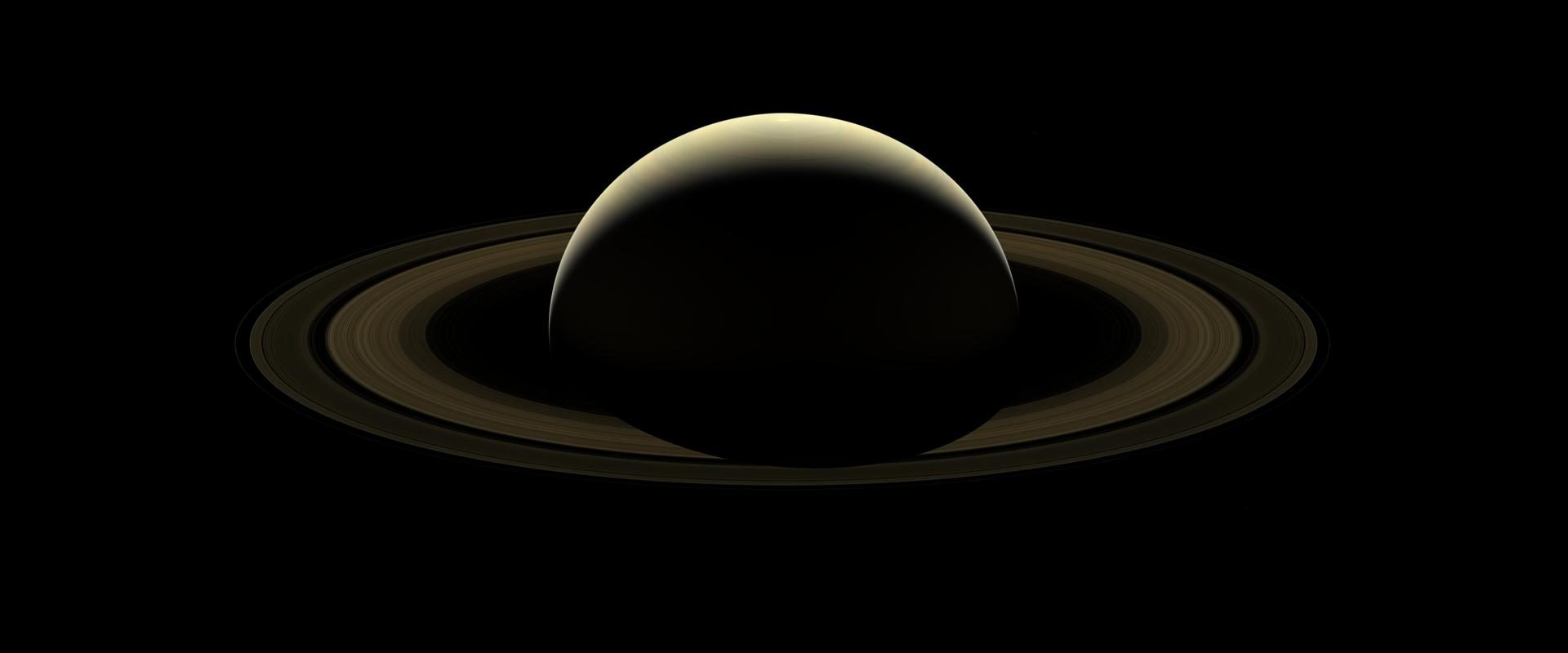
Moon
Full Moon – Monday July 3 at 9:39pm AEST
Last Quarter – Monday July 10 at 11:48am AEST
New Moon – Tuesday July 18 at 4:32am AEST
First Quarter – Wednesday July 26 at 8:07am AEST
Let the Moon be your guide to the planets. In the morning sky (an hour or so before dawn) on July 7 a gibbous Moon sits to the left of Saturn, and on July 8 it’s above and right. On July 12 a waning crescent Moon is below Jupiter.
Late in the month the Moon guides you to Mercury, Venus and Mars in the evening sky shortly after sunset. On July 19 a very thin crescent Moon is just below and right of Mercury. The crescent may not be visible on this night so look again on July 20 when the thin crescent Moon is now above and right of Mercury. On the same night the Moon is below and right of Venus (although Venus being so bright may be a better guide to finding the Moon). On July 21 a now-obvious crescent Moon sits just to the right of Mars.
Deep Sky
Explore the universe through your telescope or binoculars and take in some of the gems of the July winter sky.
Jewel Box open cluster (NGC 4755) About 7000 light-years away, within the boundary of the Southern Cross constellation, and not far from the “left-hand” star of the Cross, this open star cluster consists of thousands of young stars. Through a telescope many blue supergiants, and one distinctive red supergiant can be seen.
Sombrero galaxy (M104 or NGC4594) This galaxy is 28 million light-years away and is situated within the constellation Virgo. This is one of the most easily seen galaxies when viewing with a telescope.
Alpha Centauri star system A star system consisting of three stars, Alpha Centauri A and Alpha Centauri B and the closest star to our sun, Proxima Centauri. They are 4.2 light-years away. Proxima Centauri is a red dwarf star and is only visible through large telescopes. It is believed to be orbiting the first two stars.
Omega Centauri globular cluster (NGC 5139) One of about 150 globular clusters orbiting the Milky Way. The largest globular cluster, Omega Centauri is 16,000 light-years away in the Centaurus constellation. It is estimated to have over 10 million stars and may even be the core of an ancient galaxy partially cannibalised by the Milky Way.
Other events
In July 2023 also look out for the following events and anniversaries.
Monday July 3, a full moon which, by some definitions, will occur close enough in time to when the Moon is closest to Earth, or at perigee, to qualify as a supermoon. But this is the least super of this year’s supermoons – both Full Moons in August are super. In any case the Full Moon is at 9:39pm on July 3, perigee occurs on July 5 at 8:25am (almost 1.5 days later). Given that the best time to view a supermoon is when the Full Moon rises (the Moon Illusion also comes into play at this time) then moonrise on July 3 (4:26pm AEST) or July 4 (5:37pm AEST) is the best time to view this supermoon.
Friday July 7, Earth at aphelion Earth reaches its furthest point from the Sun for the year, called aphelion. It happens at 6:07am AEST to be precise when we are a touch over 152 million kilometres from the Sun.
Wednesday July 12, Anniversary of JWST image release Just one year ago the first colour images from the James Webb Space Telescope were released. Since then there has been a steady flow of curious and surprising results – from the details of exoplanet atmospheres to prodigious early star formation to black holes more massive than we would expect to see in the early universe. It will take some time for astronomers to explain these surprising results.
The Triple Meteor Shower of the Piscis-Austrinids, southern Delta-Aquariids and Alpha-Capricornids this year are affected by the nearly Full Moon on their best dates of July 28–30. On these days there is a short window of darkness, between Moon-set (around 2–4am) and the beginning of twilight (about 6am) to observe these meteors.
